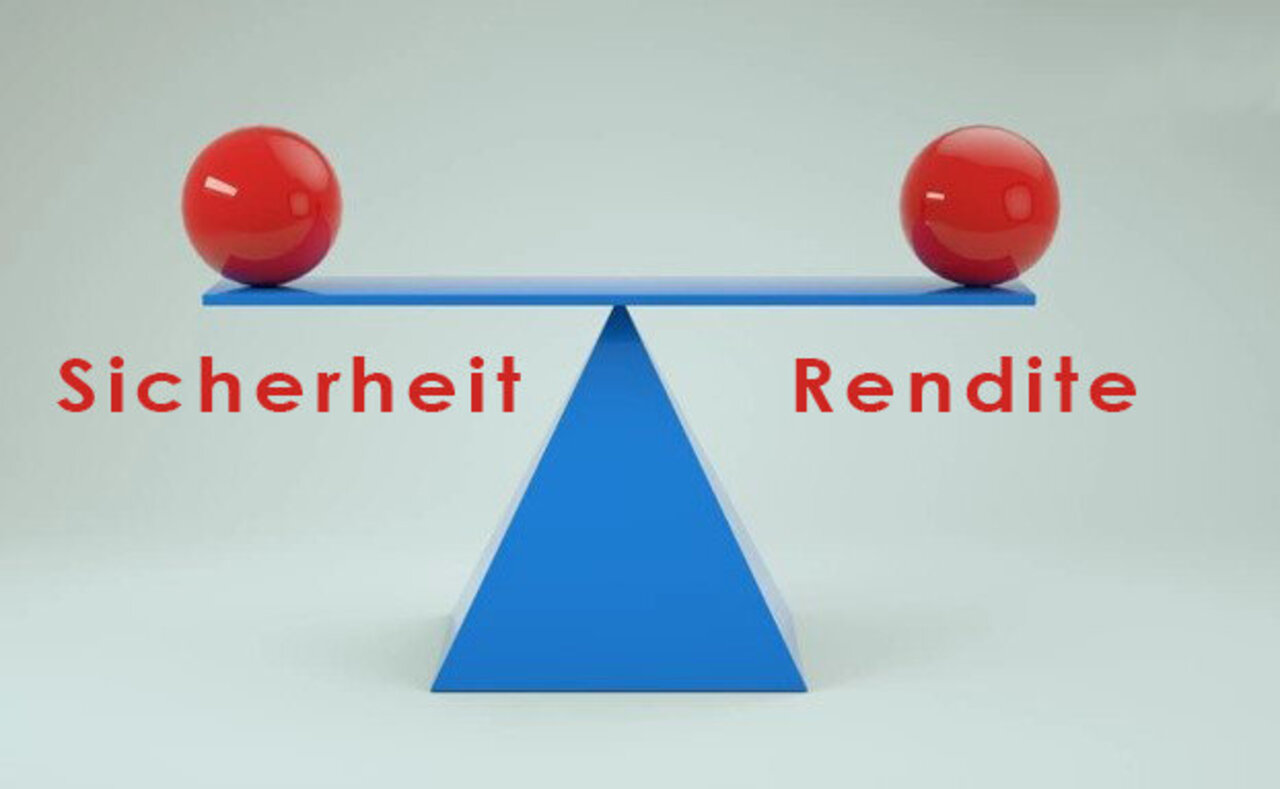convertible bonds - a combination of security & returns

Convertible bonds have characteristics of both shares and corporate bonds. A convertible bond is a low-interest bond that simultaneously comes with the right to exchange the bond for shares of the issuer during a certain period. The investor thus benefits simultaneously from the advantages of a bond and from rising share prices.
Like ordinary bonds, convertible bonds have a fixed term, a fixed coupon and an agreed redemption price. The reason for the lower coupon and the lower yield compared to the corporate bond is explained by the additional conversion right.
The buyer of the convertible bond has the right, but not the obligation, to convert the bond into a certain number of shares of the issuer according to the terms of issue. If the execution is disadvantageous, he can waive this right.
The lower limit of the bond component of a convertible bond is called the "bond floor". This is the value of a bond without conversion rights with the same maturity. The "bond floor" is not fixed, but changes in the event of interest rate fluctuations or changes in the debtor's credit rating.
The percentage difference between the price of the convertible bond and the bond floor is called the "investment premium".
Participation in the share price development is ensured by the call option (conversion right) contained in the convertible bond. If the underlying share price rises, the value of the conversion right or the convertible bond also increases. Volatility also has an influence. The greater the volatility of the underlying share, the higher the value of the option or the convertible bond. The second price floor for a convertible bond is parity. The conversion parity is the value of the shares into which the bond can be converted. The conversion premium corresponds to the difference in percent between the conversion parity and the current market price of the underlying share.
Depending on the performance of the underlying share, a convertible bond may have different characteristics:
- "Share-like": positive price performance of the underlying share means high participation in the share price performance. The share price performance determines the price.
- "Balanced": Convertible bonds offer a positive asymmetry. On the one hand, one participates in growth phases and, at the same time, one can limit the damage in the event of market corrections. This optimal combination of stock and bond is not found in any other asset class.
- "Bond-like": In case of negative price development of the underlying share or low share participation, convertible bonds offer cushioning. The same is true when interest rates rise or credit ratings deteriorate.
For the reasons mentioned above, convertible bonds offer a good alternative in uncertain times. Convertible bonds from various issuers can be purchased directly on the stock exchange.
For investors, however, it is more advisable to invest in an investment fund (e.g.) for reasons of diversification:
*MFM Global Convertible Opportunities - R (CHF) - LU1105776568
*FISCH Convertible Global Sustainable Fund AC (CHF) - LU0428953342
We advise individuals and legal entities on all legal matters around wealth management and are a pioneer in impact investing, which is part of our entrepreneurial identity.
Our focus is on
✓ effort based charging
✓ impact investments
✓ avoiding conflicts of interests
✓ comprehensive overview of your total assets

